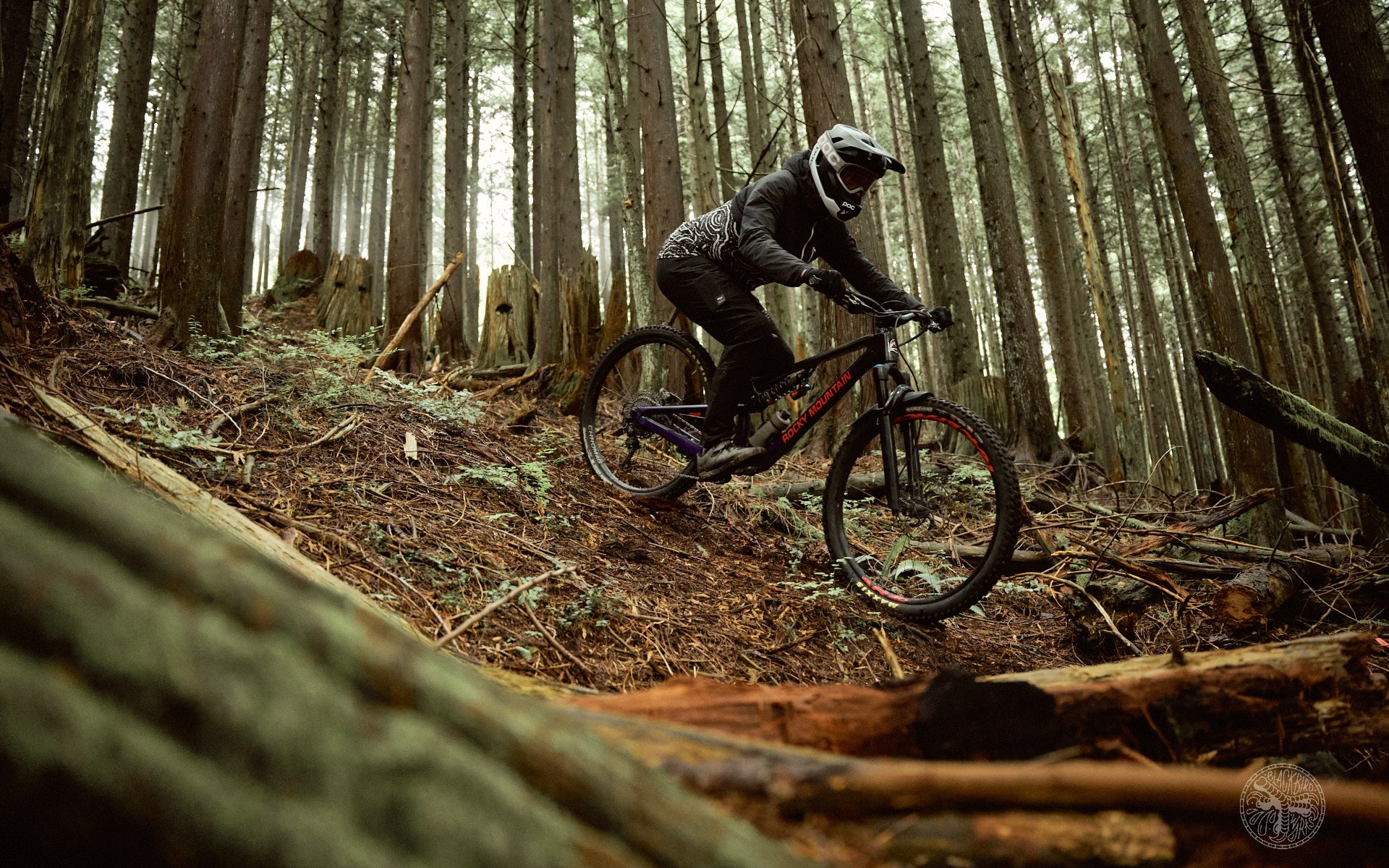
HELMET REVIEW
POC Otocon Race MIPS
This is the tale of two Jackasses. Not Steve-O and Bam, nor Trevor and Deniz. Jackass One: a bike rider whom failed to lock the driver’s door of his car, and Jackass two: the opportunistic thief who noticed said unlocked door; rewarded with a free full face helmet and sunnies. D'oh.
Coincidentally, Uncle Dave ruined his calf and handed me the POC Otocon, a lightweight and extraordinarily breathable DH-rated full face helmet. A real-world test of the protective capability of the Otocon presented itself when I tumbled into a rock pile after grabbing too much brake through tricky compression. The helmet did its job perfectly, sacrificing itself and saving the side of my head. POC dispatched over an Otocon Race MIPS, showcasing MIPS slip-plane protection and a few other heightened safety features over the base Otocon. Luckily I've been able to keep the Otocon Race alive, let's see how the Scandinavian lid fares on the North Shore.
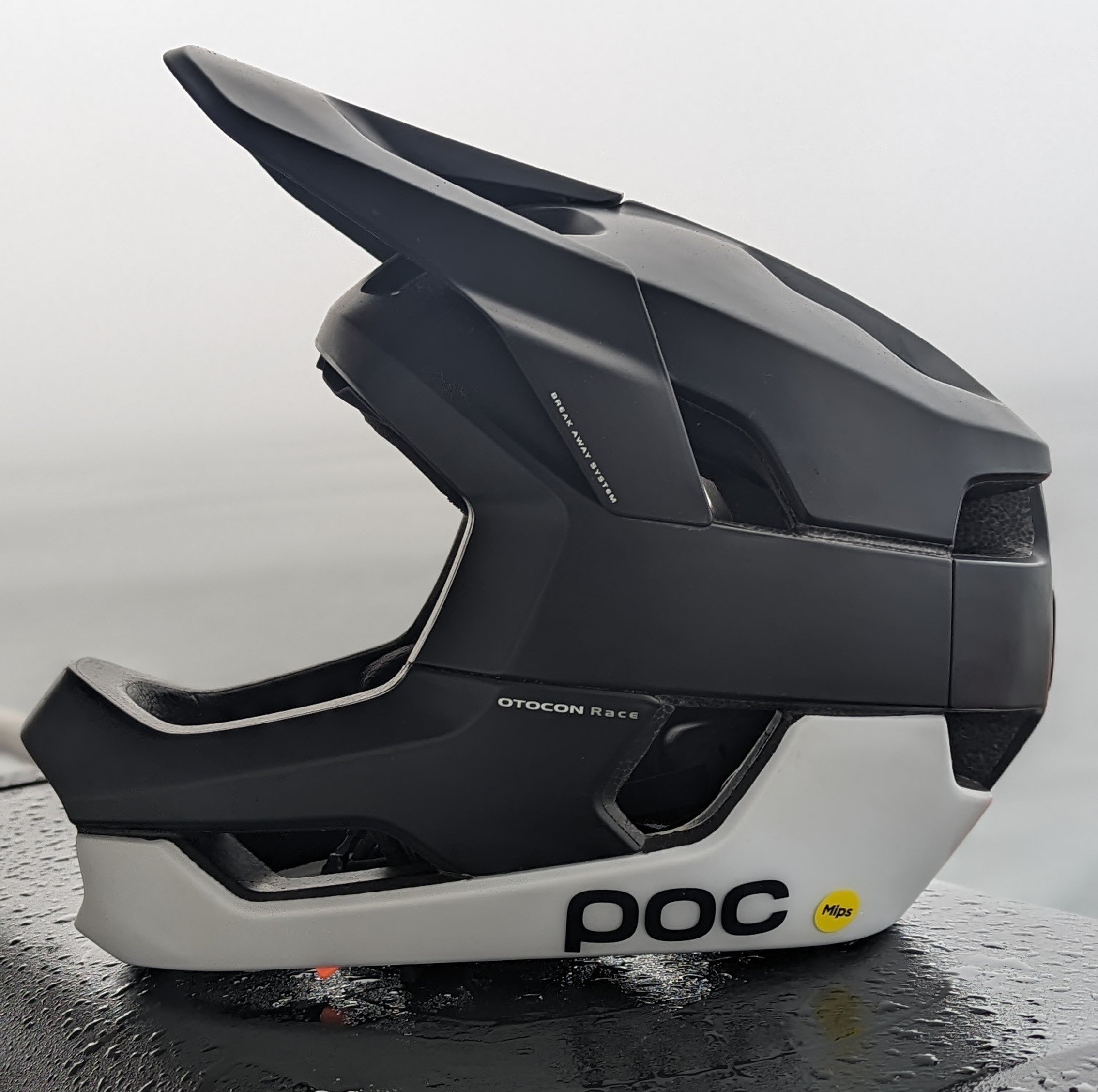
The Otocon Race is one of the best looking lightweight full face helmets on the market. I would like to see a full black colourway for maximum stealthiness.
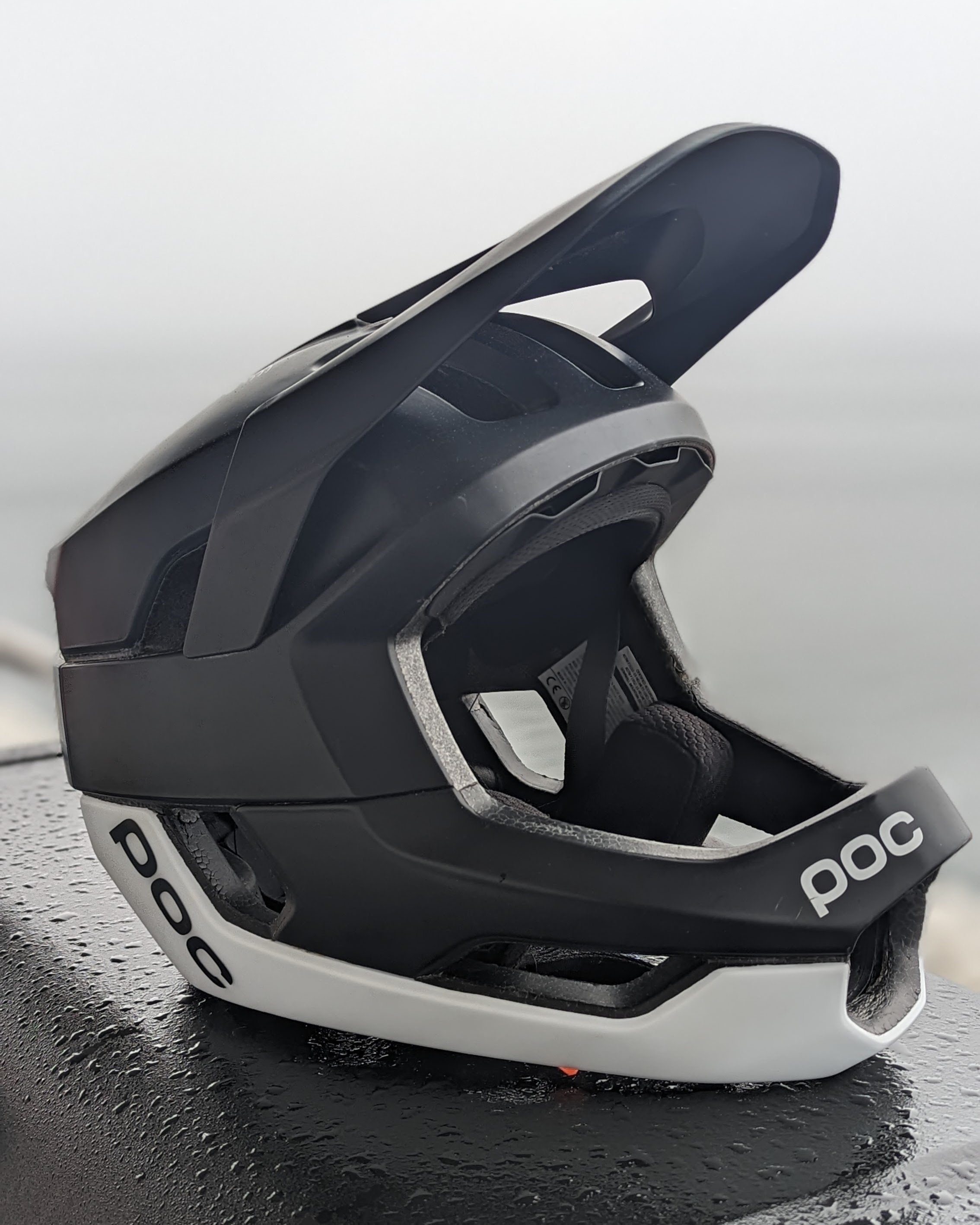
Huge vents blast sweat away quickly. The face opening provides near perfect peripheral vision.
Features
The Otocon Race MIPS is POC's flagship enduro full face helmet, showcasing top-tier protection and POC's usual attention to detail in the tech department. The enduro full face category is growing rapidly, and while there are many options, the Otocon Race ranks at the top for its combination of clean lines, light weight, and rider protection.
MIPS Integra: POC introduced MIPS to the world in 2008, undergoing many revisions and arrives at the very unobtrusive iteration seen here. The sliding surface is a paper-thin smooth plastic layer bonded to the EPS foam, sandwiched between the one-piece inner liner/pad. Compared to the telltale yellow MIPS of days past, it is nearly invisible. It works in conjunction with the inner pad, a breathable textile woven over a thin silicone bladder (formerly POC's in house slip plane offering, SPIN, instituted between MIPS licensing agreements) furthering the slip-plane travel.
TwICEme NFC Medical ID: akin to a RFID, Near Field Communication holds emergency contact info via the twICEme app on a phone. An incapacitated rider wearing an Otocon Race could potentially be helped by a bystander who finds them - regardless of whether they have the app or not. The rescuer hovers a phone over the NFC symbol (picture a sideways wifi symbol) atop the helmet, emergency info then is displayed on their phone. I like the idea of twICEme, though I'd be surprised to learn of folks prioritising a scan of a downed rider, unless they were privy to how it works.
Breakaway Visor: the visor easily pops off in the event of an impact, heeding Wu Tang's advice to protect ya neck. It's easily reattached, slotting into attachment points instead of using screws (which usually break the visor during an impact).
Race Lock: POC's retention device, easily adjusted with the turn of a grippy thumbwheel integrated into the back of the helmet. I'll often open it fully to put the helmet on, then dial it to preferred tension.
Removable Cheek Pads: I suppose you could pull these out during a lengthy climb for better ventilation and less insulation, but they're tedious to reattach and I'd likely lose them - so they stayed in at all times.
Removable Grill: The mouth protector section of the helmet has a removable grill, which I took out immediately. I need all the ventilation I can get, so buh-bye, mud in the teeth be damned.
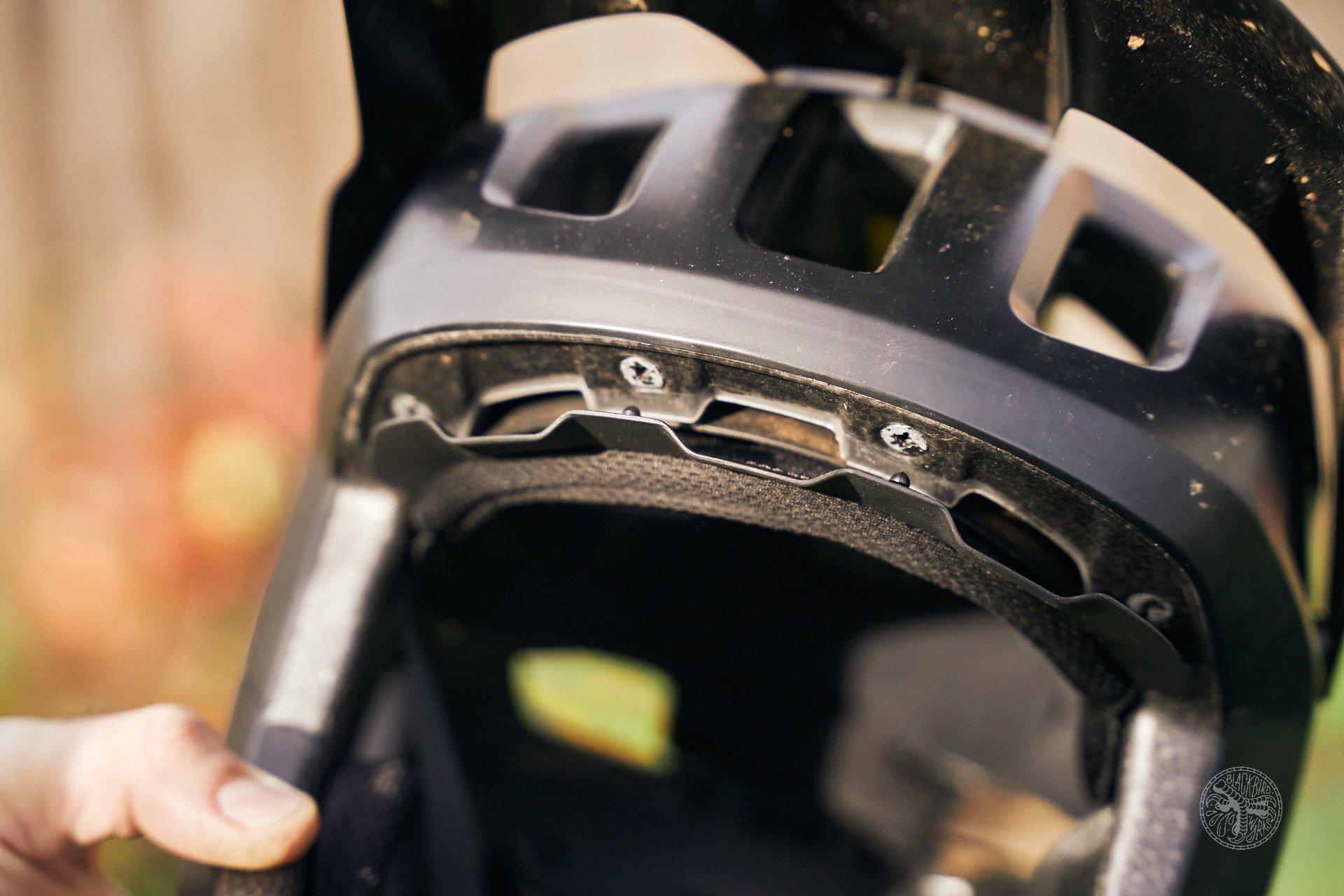
The one piece removable liner integrates with the large brow vents, wicking sweat away at moderate speeds.
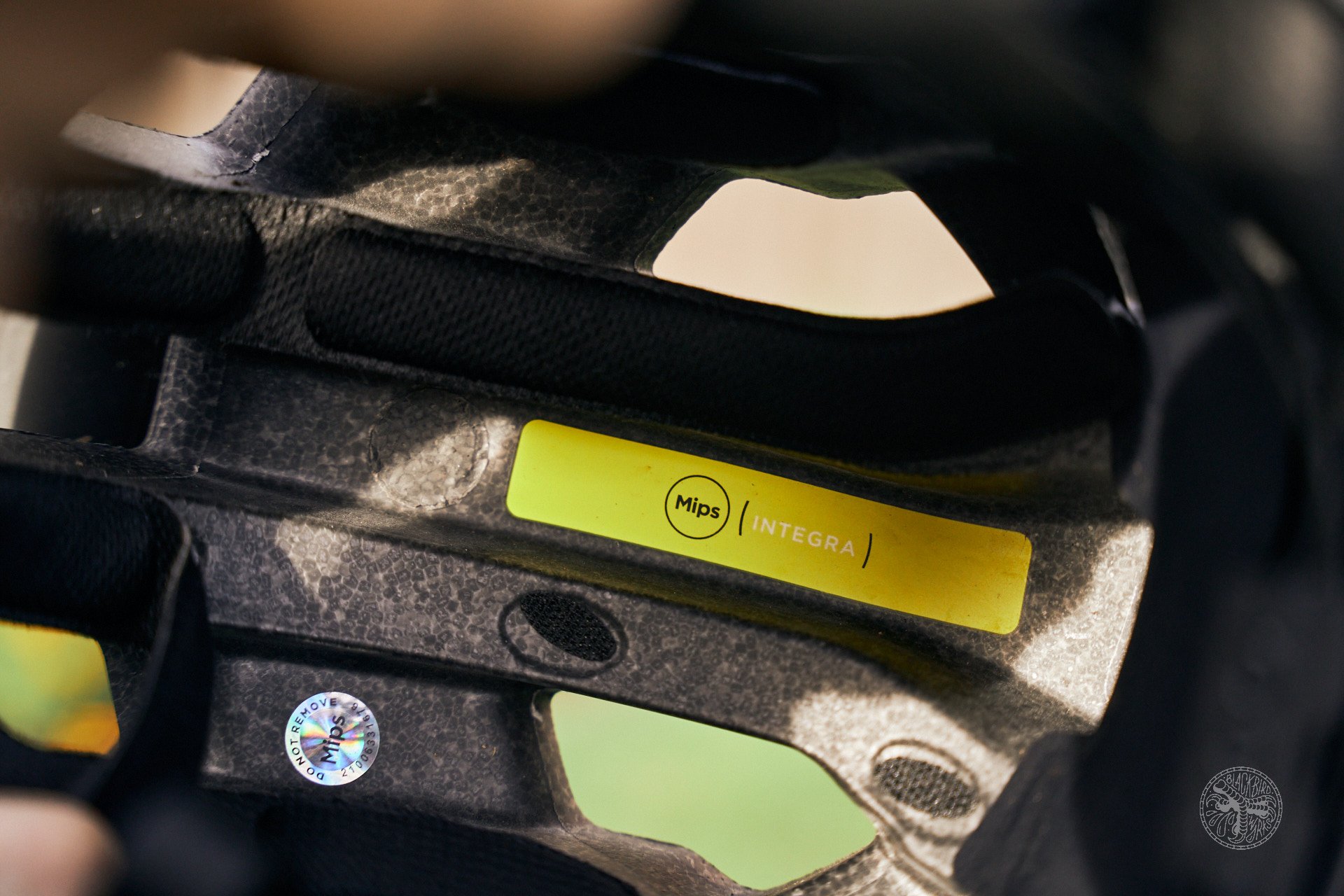
The matte sheen bonded to the EPS denotes the slip-plane of MIPS Integra.
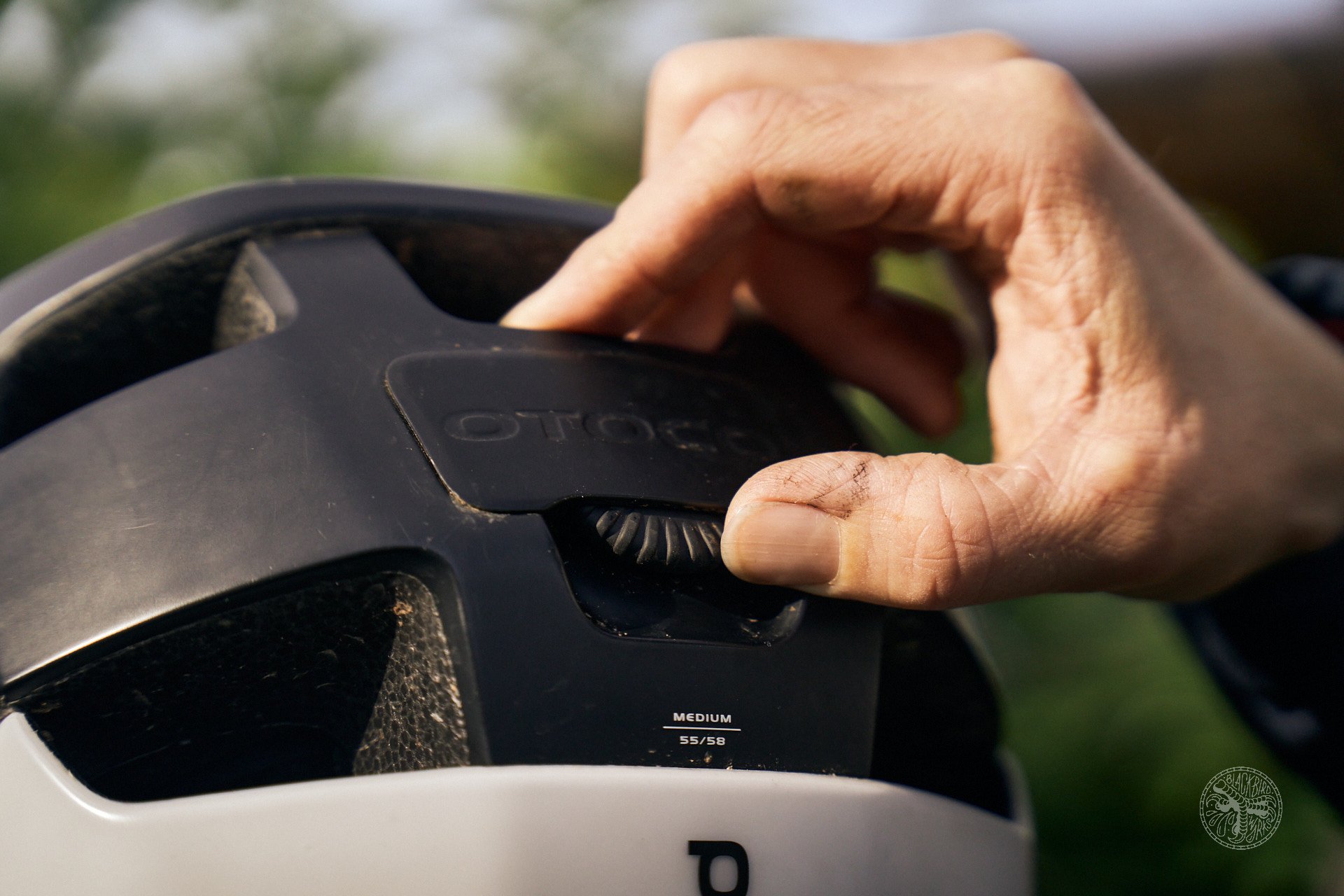
External Race Lock thumbwheel allows for quick clicks.
Fit
The Otocon Race is the most ventilated, lightweight full face helmet I've worn. The giant vents channel air nearly as well as my half shell (the very airy POC Kortal), minus the obvious chin piece and surrounding face protection. You can feel the air moving rapidly from the vented brow pad all the way through to the back of your head - to the degree that cold weather riding may necessitate wearing a buff or some type of thin helmet liner. During longer climbs, the Otocon Race reminds you it's still a full face, as sweat saturates the cheek pads. I removed the chin guard grill to allow for drinking from a water bottle, and more air flow.
A minor gripe of the silicone filled liner pad is that it's not as breathable as it's non-MIPS counterpart (found on the Otocon instead of the Otocon Race). After trashing the initial Otocon, I kept the inner pads as spares, and have tested them back to back, preferring the non-silicone/highly breathable pad.
The Otocon Race fits my head comfortably. It feels significantly less bulky than a Bell Super DH, with a claimed weight of 750g. The Race Lock retention device has three height settings, tension is adjusted via a ratcheting thumbwheel integrated into the back of the outer shell, allowing for on-the-fly adjustments.
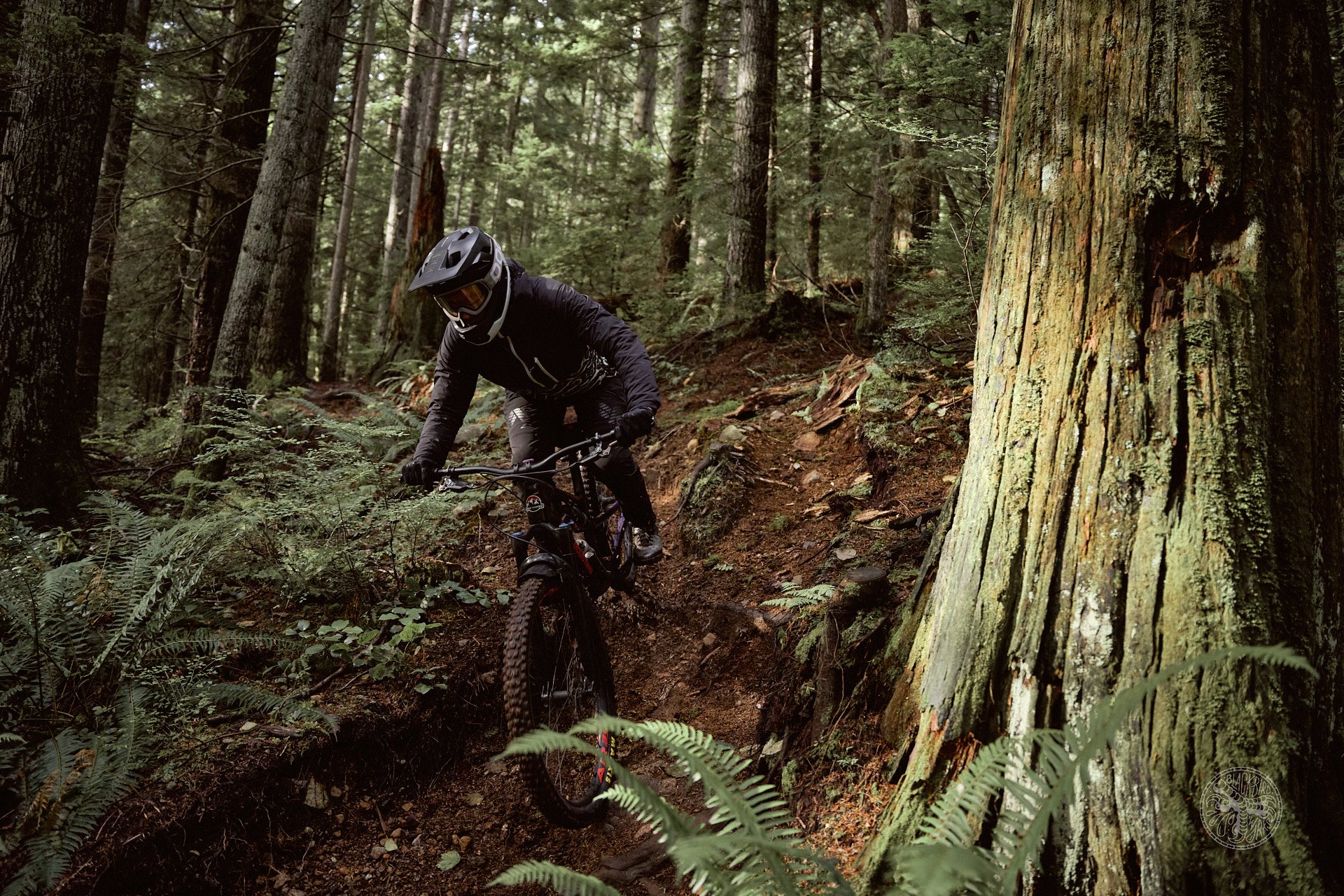
Final Thoughts
The POC Otocon Race is a versatile full face helmet, suited for shuttle laps down the gnar or enduro races. With a MSRP of 420 USD, it's not cheap, though a more budget friendly option of the base Otocon is 310 USD. From their beginning, POC has sat at the forefront of brain protection, and we could always use more. The combination of amazing air flow, DH rated protection, light weight and clean aesthetic makes the Otocon Race a helmet I'll gladly pick up more often than full face lids of the past.
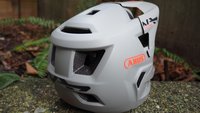
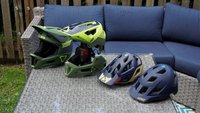
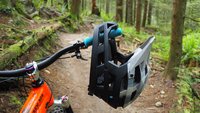








Comments
Justin White
1 year, 1 month ago
"Near Field Communication holds emergency contact info via the twICEme app on a phone"
To be clear, [the NFC tag inside] the helmet holds the info, and a responder's phone is used to read the info.
The way it's currently written sounds like the helmet wearer's phone needs to be with them and operable to provide the info, but it is only needed to initially upload the info to the tag.
Reply
Graham Driedger
1 year, 1 month ago
Yes, the NFC embedded in the helmet holds the rider's information, after it's uploaded via the app. However, recently trying to use the NFC with a friend's iPhone doesn't display rescue info - only an informative page telling one to download the TwICEme app to access said info. I can't really picture a rescue scenario where someone says "hang on, let me download the app".
Reply
Niels van Kampenhout
1 year, 1 month ago
Graham, can you say more about the fit? Which size did you test and what's your head circumference? Any difference in fit between the regular and the MIPS version?
Reply
Graham Driedger
1 year, 1 month ago
Hi Niels. I tested the medium size (55-58cm) version, my circumference is 57.5cm. I have a bit of an oval shaped head, and POC lids fit me well in that regard - I don’t experience any excessive side to side movement, nor do I need to excessively cinch down the retention device.
In regards to branding, I believe MIPS Integra to be very literal; completely integrated, and imperceptible. Even with the visco-gel padding, sizing is the same. A stark contrast compared to the MIPS of days gone by. I’d challenge anyone to find a sizing difference between the MIPS/non-MIPS Otocon.
Reply
Niels van Kampenhout
1 year, 1 month ago
Cool, thanks. I'm 58 cm, medium sounds like the way to go.
BTW I was just checking the POC website and the country/currency selection is not super clear but the Ocoton Race is listed at 350 USD or 420 CAD, and the regular Ocoton at 270 USD or CAD 310.
Reply
Mario S
1 year, 1 month ago
mine fit super snug initially but I swapped it to the smaller pads and now its ok. Also the matted finish is rubbing off mine after like idk 9 months of use
Reply
lando406
1 year, 1 month ago
Can you comment more on the crash you experienced wearing the Otocon? Did you experience any concussion symptoms? Do you feel like the MIPS version legitimately provides more protection? Is there any way to actually know without crashing in both helmets??
Reply
Pete Roggeman
1 year, 1 month ago
lando, there's only so much I can say on Graham's behalf, but here are a few answers for you:
1) Every crash and user are different, so it's impossible to glean much or compare between crashes. Frustrating reality. Even if Graham had had two crashes - one in each helmet - that you could say were 'similar', the results still would be entirely inconclusive, because the list of variables that impacts concussions is huge - and we don't know what we don't know. In other words, if Graham was concussed from crash one, would that make him more susceptible to a concussion from crash 2? Probably. Making it hard to know the differences between the helmets in crash #1 and 2. Like I said, frustrating.
2) Many people feel MIPS provides a benefit, or at least 'probably' does. Despite what you may read, good testing is still scarce, and results are not as conclusive as the manufacturers would have you believe. The growing body of testing is showing that MIPS has a positive effect on reducing concussions and other TBIs, but you have to be very careful before you get too excited - none of the testing that we've seen so far is anywhere near what we would think of as a replacement for real world conditions. MIPS isn't proven, despite what those that sell it would say, but most of us feel like it probably helps, and the small investment is therefore worth it.
Reply
lando406
1 year, 1 month ago
I appreciate the response. I am certainly an advocate for spending on the most important piece of safety equipment bike riders should care about — the helmet. And as someone who has endured many concussions, I’m especially considerate of what I’m wearing. As a consumer, it’s a bit frustrating, as you referenced in your response when it comes to brain protection—almost every write up I’ve read about brain protection tech is full of caveats and “it depends on the situation” explanations. There does seem to be a couple helmet manufacturers (Kali and 6D) who believe that the current standard of foam hardness used in helmets today is too hard, and that softer materials would work better to dissipate energy that reaches the brain in a crash, and their explanations seem convincing.
I do hope that in the coming years protection companies find materials and testing standards that can provide better brain protection that is verifiable.
Reply
Please log in to leave a comment.